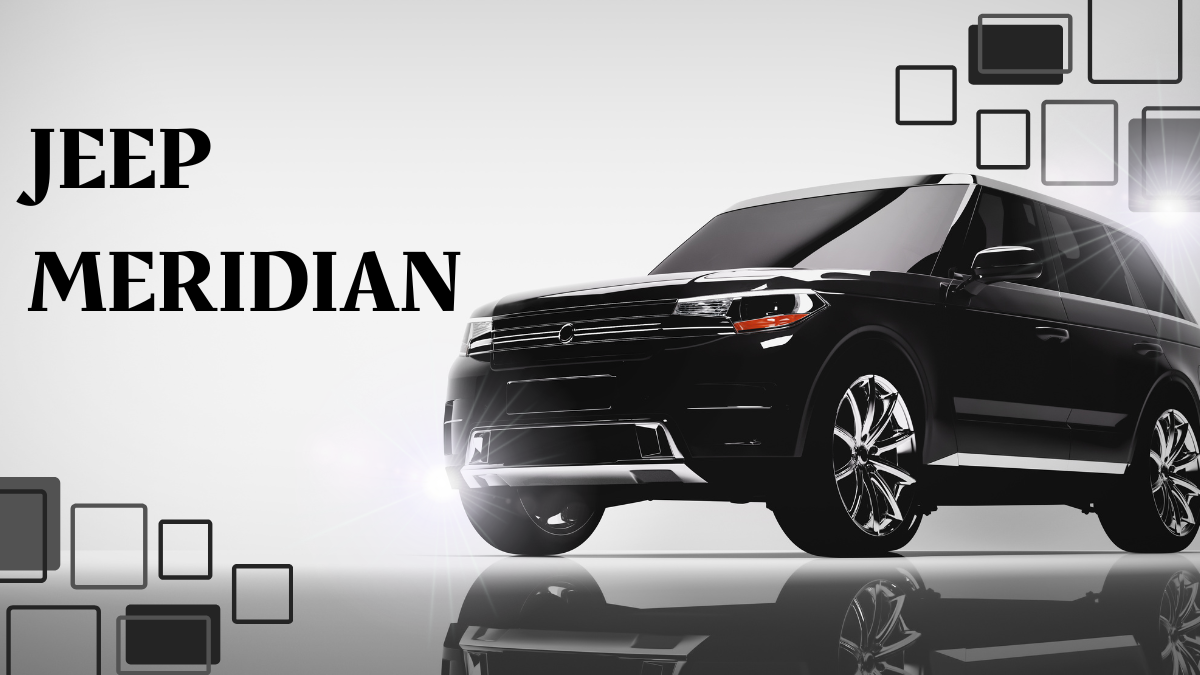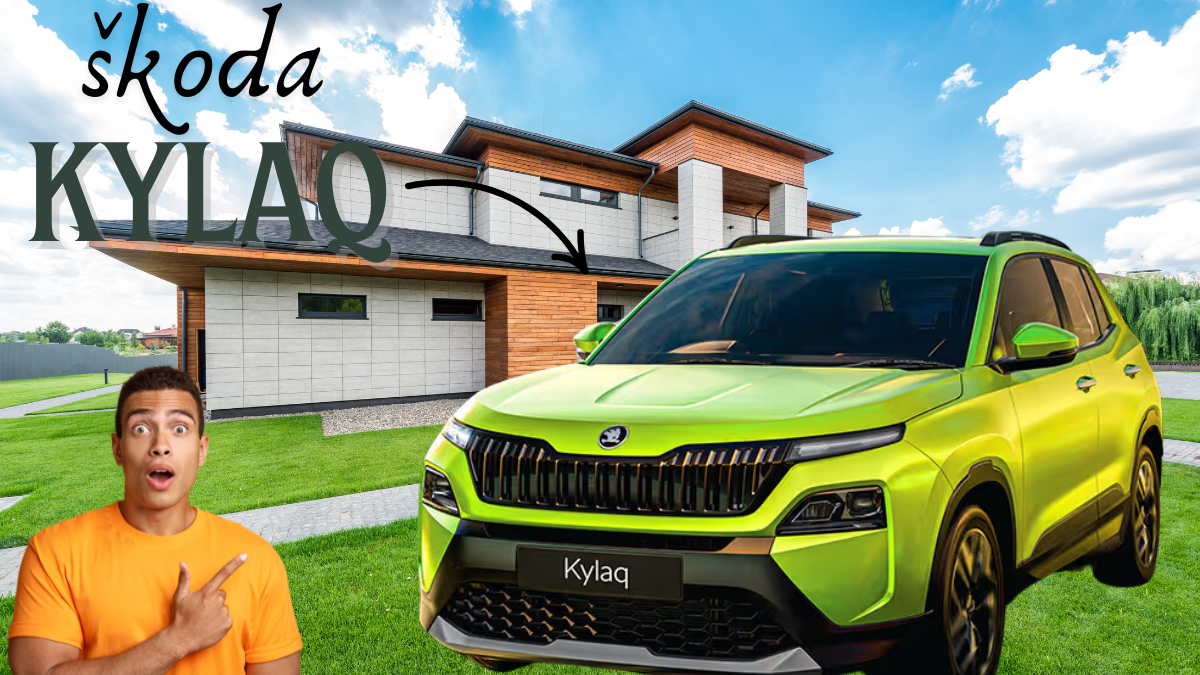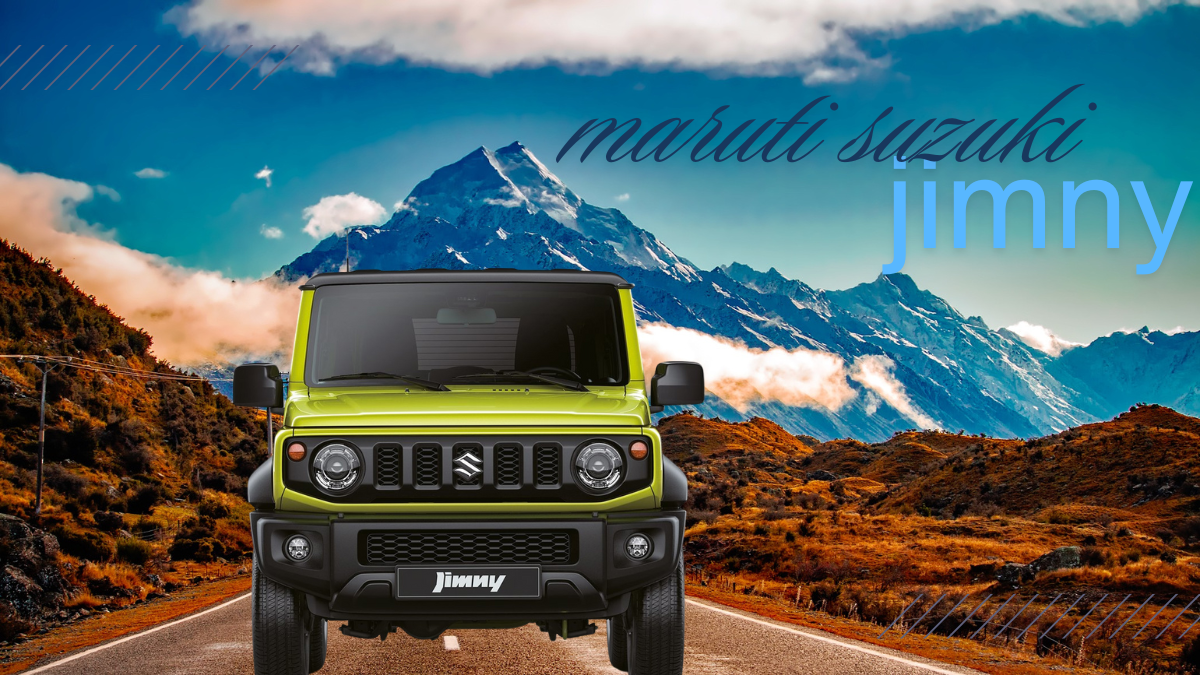Ninja H2R vs Ducati Panigale V4
When it comes to high-performance superbikes, two names that stand out are the Ducati Panigale V4 and the Kawasaki Ninja H2R. Both bikes represent the pinnacle of engineering, speed, and technology, captivating motorcycle enthusiasts around the globe. Whether you’re drawn to the raw power of the supercharged H2R or the refined racing pedigree of the Panigale V4, this comparison will break down their performance, technology, and overall value to help you decide which of these legendary machines reigns supreme.
Performance Showdown
Engine Specifications
The Ducati Panigale V4 features a 1,103cc Desmosedici Stradale V4 engine, inspired by Ducati’s MotoGP technology. Producing an impressive 214 horsepower and 124 Nm of torque, the Panigale V4 delivers a smooth and responsive powerband, ensuring precision on both track and road.
On the other hand, the Kawasaki Ninja H2R boasts a 998cc supercharged inline-four engine, pushing an astonishing 310 horsepower (with ram air) and 165 Nm of torque. The H2R’s supercharger allows it to generate immense power almost instantly, making it one of the fastest production motorcycles ever built.
Key Takeaway
- Ducati Panigale V4: Smooth, refined power delivery for precise control.
- Kawasaki Ninja H2R: Brutal acceleration with unmatched top-end power.
Top Speed & Acceleration
The Ducati Panigale V4 can achieve a top speed of around 300 km/h (186 mph) with a 0-100 km/h sprint in about 3.0 seconds. Thanks to its aerodynamic design and lightweight frame, it offers an exceptional balance of speed and handling.
Meanwhile, the Kawasaki Ninja H2R is in a league of its own, with a top speed exceeding 400 km/h (248 mph) and a 0-100 km/h time of just 2.5 seconds. The H2R’s supercharged engine provides relentless acceleration, making it the ultimate track weapon.
Key Takeaway
- Panigale V4: Impressive top speed with a balanced acceleration profile.
- Ninja H2R: Extreme top speed and lightning-fast acceleration.
Handling & Ride Dynamics
Handling is where the Ducati Panigale V4 shines. With its lightweight aluminum monocoque frame, sophisticated Öhlins electronic suspension, and precise cornering abilities, the Panigale offers a race-ready experience that feels intuitive and predictable.
The Kawasaki Ninja H2R, while incredibly powerful, requires a skilled hand to manage its sheer speed. Its trellis frame, top-tier suspension, and aerodynamic design contribute to stability at high speeds but demand respect from riders.
Key Takeaway
- Panigale V4: Agile, responsive, and corner-friendly.
- Ninja H2R: Built for straight-line dominance with high-speed stability.
Technology Face-Off
Electronics & Rider Aids
The Ducati Panigale V4 is loaded with cutting-edge electronics, including:
- Ducati Traction Control (DTC)
- Ducati Wheelie Control (DWC)
- Slide Control (DSC)
- Bosch Cornering ABS
- Quick shifter and multiple riding modes
The Kawasaki Ninja H2R matches the Panigale with advanced technology such as:
- Kawasaki Traction Control (KTRC)
- Launch Control Mode (KLCM)
- Kawasaki Quick Shifter (KQS)
- Engine Brake Control
Key Takeaway
- Panigale V4: Superior track-focused electronics with multiple adjustability.
- Ninja H2R: High-tech rider aids designed for high-speed control.
Aerodynamics & Design Innovations
The Ducati Panigale V4 draws heavily from Ducati’s MotoGP experience, incorporating aerodynamic winglets, a sculpted fairing for airflow optimization, and a riding position that offers excellent comfort and control.
The Kawasaki Ninja H2R takes aerodynamics to another level with aggressive winglets designed to provide downforce at extreme speeds, making it incredibly stable even at 400 km/h.
Key Takeaway
- Panigale V4: Sleek Italian styling with MotoGP aerodynamics.
- Ninja H2R: Aggressive design focused on high-speed stability.
Build Quality & Aesthetics
The Ducati Panigale V4 features high-end materials like aluminum, carbon fiber, and titanium, showcasing Ducati’s renowned craftsmanship and design ethos.
Conversely, the Kawasaki Ninja H2R emphasizes a futuristic look with a carbon fiber body, mirror-finish paint job, and distinctive trellis frame, making it an attention-grabber wherever it goes.
Key Takeaway
- Panigale V4: Elegant, race-inspired Italian beauty.
- Ninja H2R: Futuristic, aggressive aesthetics.
Price & Value for Money
The Ducati Panigale V4 starts at around $28,000, offering an exceptional blend of performance and technology at a relatively affordable price for a high-end superbike.
The Kawasaki Ninja H2R, on the other hand, comes with a staggering price tag of around $55,000, making it a premium choice for those who seek the ultimate performance machine.
Key Takeaway
- Panigale V4: More accessible for serious riders.
- Ninja H2R: Exclusive and ultra-premium.
Real-World Usability
The Ducati Panigale V4 is versatile enough for both street and track use, with features like riding modes and ergonomic comfort.
In contrast, the Kawasaki Ninja H2R is strictly a track-only machine, with no road-legal status due to its extreme performance capabilities.
Key Takeaway
- Panigale V4: Street and track-friendly.
- Ninja H2R: Track-exclusive beast.
Pros & Cons of Each Bike
Ducati Panigale V4 Pros:
- Superior handling and agility
- Cutting-edge electronics
- Stunning design and build quality
Ducati Panigale V4 Cons:
- Expensive maintenance
- Less power compared to the H2R
Kawasaki Ninja H2R Pros:
- Insane power and speed
- Unique supercharged engine
- Exclusive and rare
Kawasaki Ninja H2R Cons:
- Extremely high price
- Not street-legal
Which One Wins?
If you are looking for an all-around superbike that excels on the track and can be enjoyed on the street, the Ducati Panigale V4 is the better choice. However, if your goal is sheer power and exclusivity with track-focused riding, the Kawasaki Ninja H2R is unbeatable.
The battle between the Ducati Panigale V4 vs Kawasaki Ninja H2R showcases two different approaches to superbike dominance. Whether you prefer Italian finesse or Japanese brute force, both bikes are engineering marvels in their own right. Which one would you choose? Let us know in the comments!
Stay tuned for more insights on the Automobile






